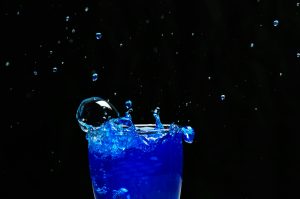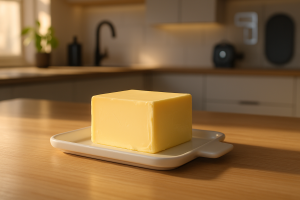 Energy drink consumption is associated with poor sleep quality and insomnia among students, according to a Norwegian study published in the open access journal BMJ Open.
Energy drink consumption is associated with poor sleep quality and insomnia among students, according to a Norwegian study published in the open access journal BMJ Open.
Researchers studied data on more than 53,000 participants aged 18 to 35 years studying at universities in Norway. Participants were asked how often they drank energy drinks with the response options being daily, weekly, monthly and rarely/never. They were also asked detailed questions about their sleeping habits. Sleep efficiency was then calculated by total nightly sleep hours versus time spent in bed.
Overall, higher energy drink consumption was associated with an increased risk of sleep problems in all aspects studied, with the strongest associations being found in short sleep duration. Men who reported daily consumption of energy drinks were more than twice as likely to report sleeping less than six hours a night compared to those who reported no consumption or occasional consumption of energy drinks. Women were 87% more likely to do so.
Article continued below
The higher the frequency of consumption, the fewer hours of nightly sleep the students had. Moreover, even occasional consumption once to three times a month was associated with an increased risk of disturbed sleep.
Insomnia was also more common among both women and men who reported daily consumption than among those who reported occasional or no consumption: 51% versus 33% in women and 37% versus 22% in men. Insomnia was defined as difficulty falling asleep and staying asleep and waking up early at least three nights of the week, as well as daytime sleepiness and tiredness for at least three days of the week and for at least three months.
The survey responses showed clear gender differences in energy drink consumption patterns. Women were more likely than men to report that they never or rarely consumed energy drinks (50% versus 40%). Of those who reported consuming these drinks, 5.5% of women reported consuming them 4-6 times a week and just over 3% reported daily consumption. The corresponding percentages for men were 8% and 5%, respectively.






